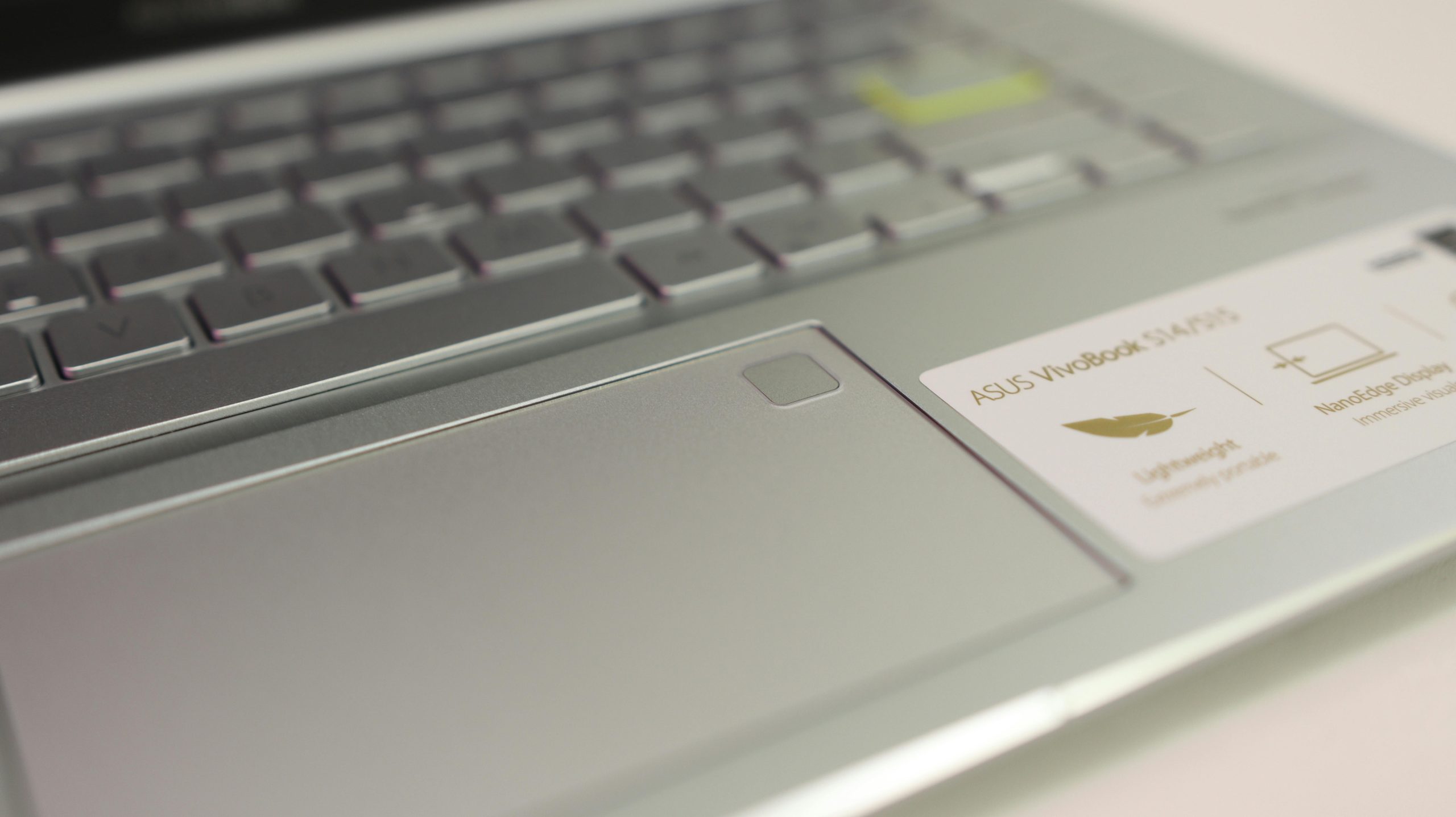Restoring AM4 CPU Pins: A Unique Fix with a Syringe Needle
Dealing with bent pins on AM4 CPUs can be a frustrating experience, especially when it affects the CPU’s ability to fit securely into its socket. Recently, I came across a practical and inventive solution that I believe many tech enthusiasts might appreciate.
During my quest to revive a second-hand Ryzen 5 processor, I noticed that it had several pins slightly misaligned. These bent pins hindered the CPU from properly seating in the motherboard socket, creating quite the dilemma. After some research and trial and error, I discovered that the diameter of the pins on an AM4 CPU closely matches that of the orifice on a 23-gauge hypodermic needle—measuring approximately 0.337mm. This revelation sparked an idea.
Armed with a syringe needle, I carefully bent the misaligned pins back to their original form. To make this method work, I needed to clip off just a small portion of the needle’s sharp tip. This adjustment ensured the needle was effective without compromising its integrity or risking blockage of the opening. The result? A seamlessly seated Ryzen CPU in its socket, functioning perfectly.
I found this technique to be significantly easier than other methods I had tried, such as using a mechanical pencil. It’s precise, straightforward, and quite effective!
What are your thoughts? Does this approach strike you as a clever hack, or does it seem a bit outlandish? I’d love to hear your opinions and experiences with similar fixes!
Share this content:




Response to Your Post on Fixing AM4 CPU Pins
First off, I must commend you on a creative and resourceful approach to fixing bent CPU pins! Many users often face the daunting task of reviving a processor with bent pins, and your solution is both innovative and practical.
Using a syringe needle certainly offers a level of precision that can be hard to replicate with other tools. When bending pins, it’s crucial to apply just the right amount of pressure to avoid damaging the pins further. A syringe needle allows for fine control, which is especially beneficial when dealing with the delicate nature of CPU pins.
One aspect that’s worth mentioning is the importance of inspecting the pins thoroughly post-repair. After realigning the pins, I recommend using a magnifying glass or jeweler’s loupe to ensure each pin is perfectly aligned before attempting to seat the CPU. This step can save considerable time and frustration later on.
Additionally, while the syringe needle is an excellent fix, it would be wise to consider other alternatives or tools when necessary, such as a pin straightening tool designed specifically for CPUs. These can provide even more reassurance if you’re working with particularly delicate or valuable hardware.
Lastly, documenting your process, as you’ve done, is extremely beneficial for the community. It not only helps others in a similar situation but also opens up a conversation about various methods for repairing hardware. I’d love to hear